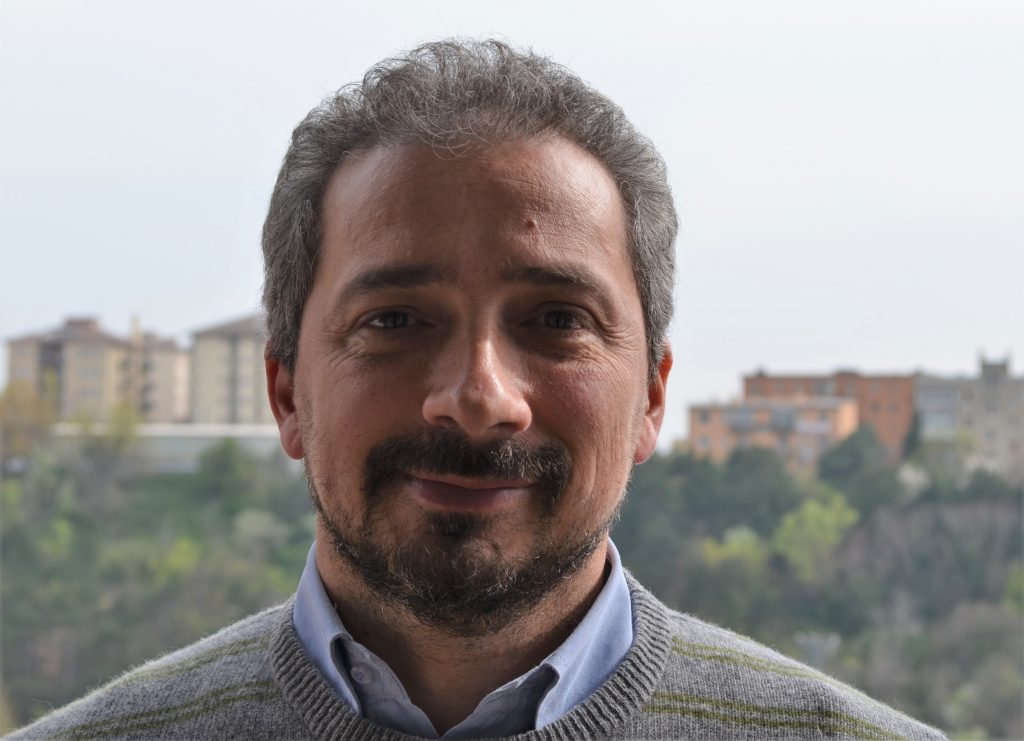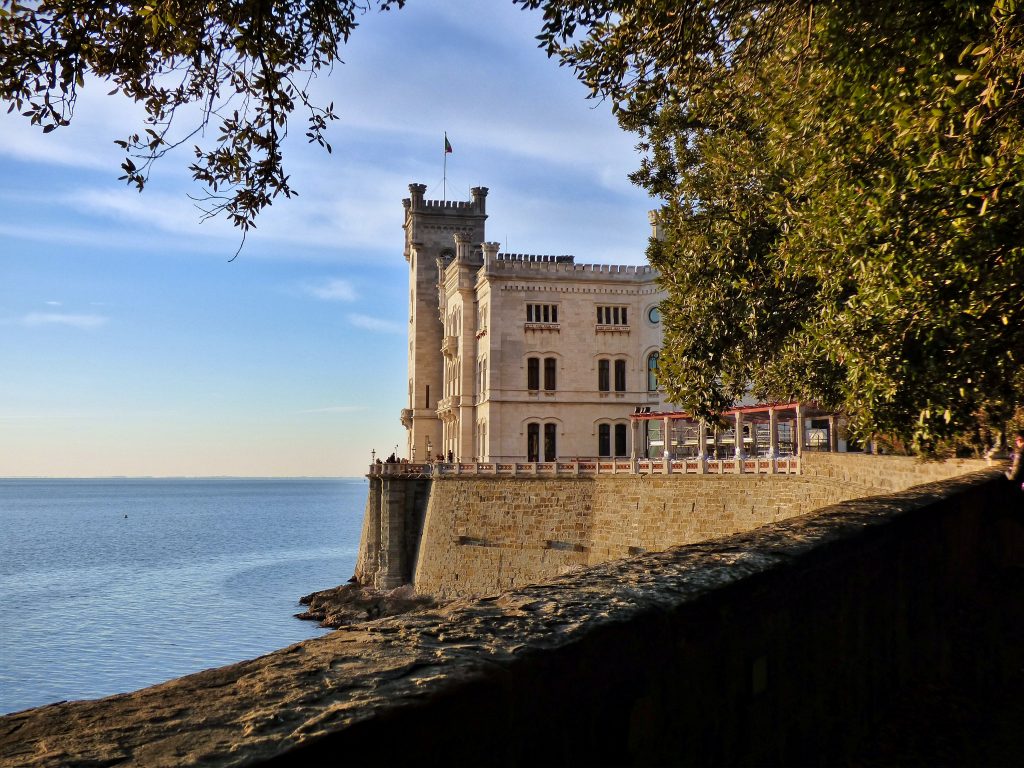
Friuli Venezia Giulia region is this year’s official partner of the second edition of the European Week of Active and Healthy Ageing 2021. We talked with on of the region’s foremost experts on health systems, in particular active health ageing and social inclusion, Mr. Gian Matteo Apuzzo.
He is an urban sociologist and EU policies expert, PhD in Social Sciences on the topics of urban exclusion and social foresight, with an extensive experience in consultancy, as well as in teaching and researching, at local and regional level as well as in international projects (Italy, Europe, Latin America, Western Balkans, Cambodia, Middle East).
As EU policies and funds expert, Mr. Apuzzo has been working for many years in the field of health and social inclusion. Since 2009 he has been mainly as senior researcher and project manager for the Friuli Venezia Giulia regional health system organisations in the topics of health, active ageing, social inclusion, housing and innovation.
This year’s European Week of Active and Healthy Ageing is partnering up with the Friuli Venezia Giulia region, where you have been working for many years, what have been the main successes and lessons-learnt in your work in this region? What are the current priorities in the region regarding bettering lives for its older residents?
The Friuli Venezia Giulia Region is characterized by cities, such as Trieste, with among the highest percentage of elderly citizens in Europe— leading to strong sensitivity and dedication in promoting social innovation related to demographic change. To be more precise, the FVG Region has started working on innovative solutions fostering active and healthy aging for many years— and especially after the regional law on innovation of 2005 with a dedicated article on welfare. In this regard, one strong point was for the related funding instrument to already account for multistakeholder public/private partnerships between research institutes, enterprises, and government organizations— a crucial step for advancing innovation in the welfare sector.
In line with its earlier objectives, I believe that the most apparent success of the Region has been the creation and implementation of the Regional Law on active and healthy aging in 2014. Not only the FVG was the first Italian region to approve a law of this kind; but it also introduced coordination among all sectors of its regional policies with a joint interdirectorate table. The desire to approach AHA as a joint endeavor — represented by the Regional Law of 2014— led to different types of innovation and financing instruments within multiple sectors.
Concerning recent priorities— also accounting for the severe and protracted impact of the COVID-19 health emergency— the region has further strengthened their action on integrated care and community care to foster age friendly environments. In this regard, one of the key elements for bettering the lives of older people has always been the necessity to tackle isolation— and the health crisis has further highlighted how important acting on this issue really is.
Could you tell us about your work in open innovation? How can it be used to create age-friendly environments, and what has been your personal experience so far?
As I started working with the Region on projects fostering innovation, I have often been involved in its endeavor to promote active and healthy aging— and the Region has always focused its efforts in promoting age friendly environments through projects involving multiple sectors, such as housing, health and social care, and community welfare. For example, I have worked in the ICT sector connected to health and social care and, also, to housing and care for the elderly.
One important lesson learned— also developed thanks to my experience working in projects on telemedicine— is that the discourse on innovation is too often centered around technology, even if, in my opinion, technology is not an issue per se. In discussing innovative solutions for AHA there are multiple challenges such as organizational aspects, change management, stakeholder engagement, temporary work positions, or changes in formative needs and training requirements. Therefore, we cannot talk only about technological innovation; but rather solutions and services making use of technology can be implemented effectively only if the appropriate managing framework is already in place.
In terms of this ecosystem development, who should and could play a pivotal role and how the older person can and should be involved – what is their experience, how older people/end-users respond and any feedback in your experience?
A related issue is that, to foster open innovation, there is the need of both bottom-up and top-down approaches. In Italy the public sector is still the most important actor and promotes the relevant funding instruments; nonetheless, the active role of the private sector should be strengthened— ensuring a better implementation of a bottom-up approach.
A key point I would like to make is that stakeholders and end-users’ engagement always leads to positive outcomes. One example from my experience with telemedicine was the great added value in involving the elderly enrolled in the project— having them understand and acknowledge the instruments and solutions implemented to be used by them autonomously. Yet, regardless of the appreciation and great feedback received, a direct involvement of senior citizens in the co-creation phase remains a crucial point. In this regard, research institutes and other stakeholders need to better involve senior citizens and their representatives by adopting a more constant and overall effective approach— especially in the design and early development stages.
Another fundamental aspect is to consider older people not as a strictly homogeneous social category; but rather, as life expectancy increases, there are clear and pronounced specificities. Thus, it is essential to account for their different needs by acting on general, shared principles while accounting for multiple settings and modalities in the implementation processes.
Finally, I would also like to remark that health is not the only component of active and healthy aging as it encompasses the whole life of older people— further highlighting the importance of implementing a truly multidimensional approach.
What are the main obstacles to social innovations for active ageing? And how did you overcome some of them in the past?
One major challenge concerns management and coordination of innovation. The FVG Region has developed different instruments— e.g. a cluster of life sciences, in the past a biomedical cluster, and a project called ARGO system for the coordination of open innovation in the region. Nonetheless, when talking about AHA, operational instruments for governance and coordinating innovative solutions still need to be effectively developed. I am sure this is a task that the region will need to take on in the next months and years— with efforts in this direction starting from the interdirectorate table for AHA. To find a more effective form of governance is definitely one of the major challenges for AHA as both vertical and horizontal governance are required— while also uncovering systems where roles are clearly defined, and decision process are shared.
Another lesson learned is that the transition between pilot initiatives to more permanent services can be considered a real challenge. Therefore, even when there is an effective development of pilots and experimentations, it is crucial to collect the different initiatives to build activities that are stable and long-lasting within the territory.
Concerning informal barriers, resistance to change within an organization is another key challenge— as there are habits and regulations already in place and a strategy for AHA is often implemented within the already existing systems. A final point is that the lack of flexibility of the funding instruments’ regulations governing implementation and budget reporting might restrict access and participation to interested and valuable stakeholders. For this reason, it might be effective to devise different funding instruments targeted not only to research and innovation but also, to the deployment and scaling up of the proposed solutions.
Friuli Venezia Giulia region is organizing a special session on their regional experience 20 October 2021 at 10:00 CEST as a part of our online conference. Register here and find out more!



